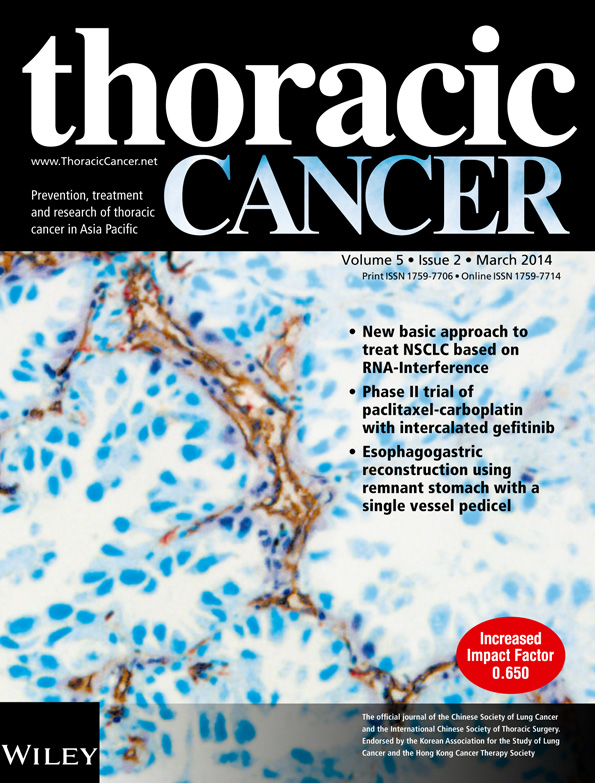Development and validation of clinical diagnostic models for the probability of malignancy in solitary pulmonary nodules
Abstract
Background
It is critical to develop a non-invasive and accurate method for differentiating between malignant and benign solitary pulmonary nodules. In large sample studies, the effectiveness of the diagnostic prediction model as a tool of assessment of the probability of malignancy is still unclear. The establishment of a diagnostic model based on large samples is needed.
Methods
In this study, 3358 patients diagnosed with a solitary pulmonary nodule between January 2005 and March 2013, were enrolled. All patients received surgery for pulmonary nodule resection. Clinical characters, preoperative biomarker results, and computed tomography scan findings were collected. All patients were randomly separated into a training set (n = 1679) and a test set (n = 1679); we used training sets to build a diagnostic model for the malignancy probability of pulmonary nodules, and applied the test set to validate our model, as well as other published diagnostic models.
Result
Logistic regression analysis identified 11 clinical characteristics as independent predictors of malignancy in patients with a solitary pulmonary nodule. The goodness-of-fit statistic for the model indicated that the observed proportion of malignancies did not differ from the predicted proportion (P = 0.571). The area under the curves of the receiver operator characteristic curve for our model in the training set was 0.935.
Conclusion
As the accuracy of the model was high, we suggest that the diagnostic model can be used as a tool to help guiding clinical decisions, when the clinician cannot make a definitive diagnosis of a solitary pulmonary nodule.




